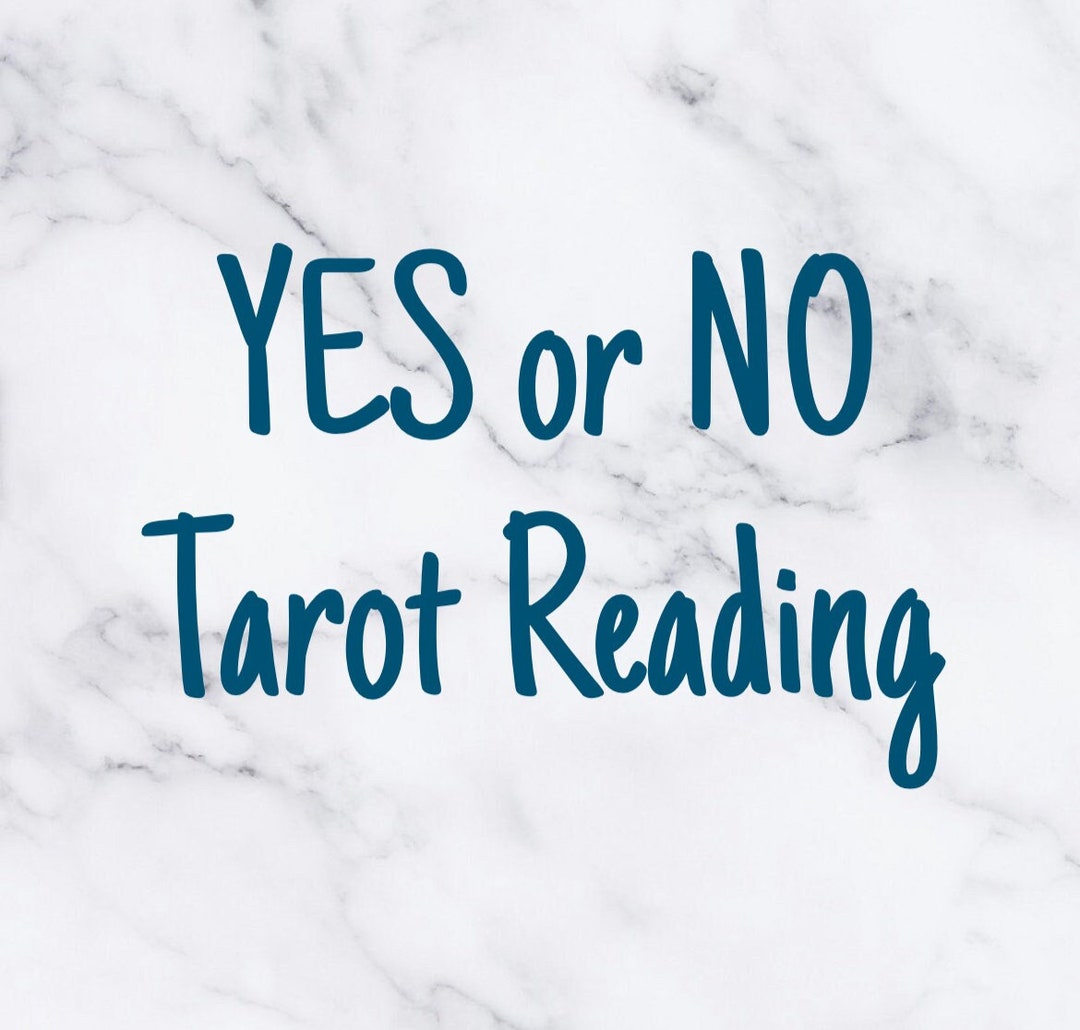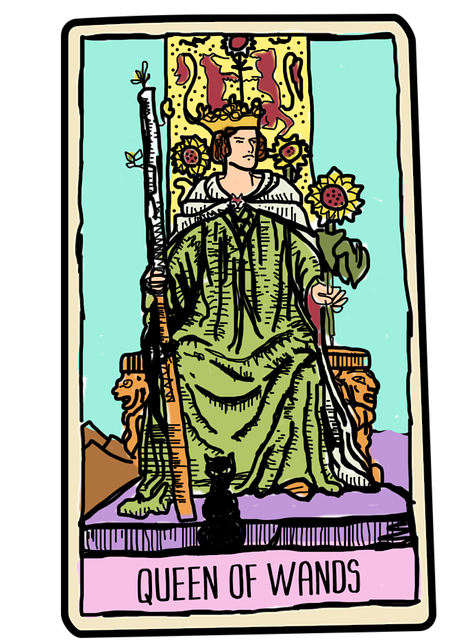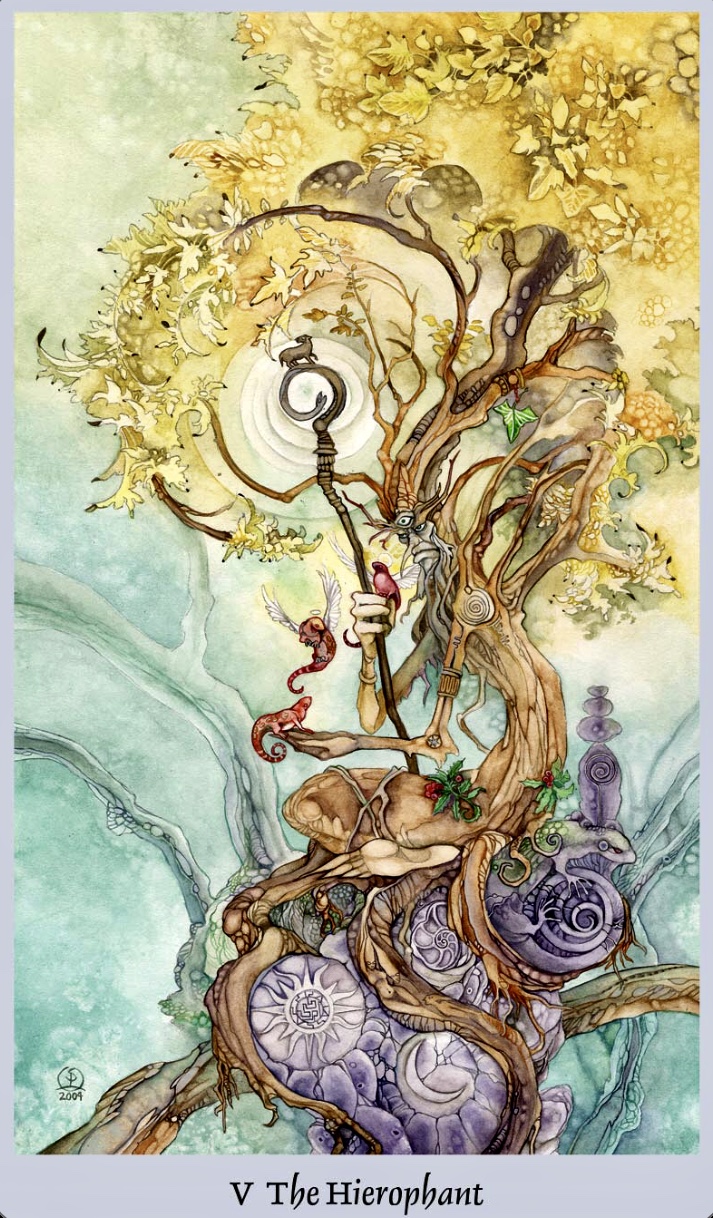
Palmistry, an ancient art, uses your hands to map out your personality. The map can reveal everything you need to know about yourself, your past, and even your personal potential. The palmistry guide teaches you how your hands feel through interactive illustrations. This book will guide you through each of the four types of hand and explain the meanings of the lines and marks on your fingers. The book will also explain the meaning of the rings on each hand.
Hands: The Complete Guide To Palmistry
The hand is an important part of a person's personality, so it makes sense to learn how to interpret its shape and features. There are four main shapes for hands: air, fire and water. Each element has specific characteristics that reflect aspects about a person's personality and character. These characteristics are reflected in the lines and creases on the hand.
LifePrints. Your Fingerprints are the Key to Your Life's Meaning
Each person's fingerprints are unique. Our fingerprints are unique. We have been using them for over 100 years as a form of personal identification. But did we know that they could also be used by us to help us find our life's purpose and meaning? Richard Unger, an author, shares how fingerprints can be used to help you find your purpose in life.

The unique fingerprints we make five months before we are born are called fingerprints. Because they are unique, fingerprints can be used to identify oneself. Richard UNger presents a unique method for self-discovery and daily compass for meaning.
Cheiro, the Palmist
Cheiro the Palmist, a well-known palmist, predicted the future right up to the hour. But, despite his fame Cheiro was an introvert and refused to be bonded with others. His lonely life almost cost him his soul. While he had many admirers, Cheiro wasn't able to write books on his techniques and methods.
Cheiro, the Palmist, is one of the most prominent palmists in history. His revelations on the Line of Life are what made him famous. He believed the Line of Life was applicable to all aspects of life. The line should not be too narrow or too long. If the line is long and deep, then the person will have good health.
Benham Book of Palmistry
In 1900, this practical work on palmistry was published for the first time. It has over 800 illustrations drawn from real life, and contains a lot of information about palmistry. This treatise includes the Basics of our Work, Plan of Creation Mount Types Life Current, General Atributes of Lines and Pose & Carry of Hands.

Benham describes various hand formations called mounts. He explains that each mount can represent distinct virtues or faults. Each mount also represents a different sign of the astrological zodiac. Jupiter is, for instance, the sign Jupiter. Saturn, on the other hand, is the sign Saturn. Venus is the sign for Venus.
Eason's Palmistry Book
Cassandra Eason’s A Little Bit of Palmistry gives a good introduction in palm reading. It includes information about the meaning of the basic lines, how they are used, and what the lines mean for life and death. It has 109 pages and is an excellent starter book for beginners.
Palmistry is a fascinating way to learn. It can be used to predict the future, identify challenges and opportunities, and determine compatibility in relationships. This is the funniest type of divination and also the most accurate. Some books are focused on the Active hand which is the main writing and reading hand. This hand may record the potentials, possibilities, and challenges of a person.
FAQ
What is the cost of a hobby?
It costs nothing to start a hobby. It can take many years to accomplish what you desire if you are serious about it.
There is one thing that will help you. It's called passion. If you feel passionate about your chosen field, you'll find it easier to put in the work required to achieve your goals.
After you've put in hours, you might become addicted. Here is the fun part! Because you now enjoy what you do and are improving your skills every day. You'll probably see a substantial improvement by the end.
It doesn't matter how long it takes. Just go ahead and try. You might be surprised at the results!
Is it possible make a living from a hobby?
Not necessarily.
However, it is possible to become wealthy by starting a business around your hobby.
Let's take, for example, that you love cooking. You love healthy food and decided to open a restaurant.
Customers are charged a small fee for organic food made from scratch.
You can grow your clientele over time and eventually hire employees who will work alongside you.
Eventually, you expand your menu to include gluten-free options, vegan dishes, and desserts.
In this scenario, you've created a successful business that has allowed you to live the type of lifestyle you wanted.
Of course, this doesn't mean you must give up your day job.
Instead, you could run your restaurant while still working your regular 9-5 job.
What kinds of hobbies are appropriate for introverts.
Introverts have the ability to focus on one thing at a time. They like solitude activities such as reading and writing, listening to music and watching movies.
They also love to spend quiet time by themselves. They do not like to socialize all day. In fact, they can often be bored when surrounded with people.
This is why introverts choose hobbies that make them feel alone. An introvert might like to read, listen to music, take photographs, paint, write poetry, or even create art.
Many introverts choose to live alone. This allows them to focus on their hobby without being distracted by other things.
What's a hobby?
Any activity that kids enjoy as a hobby is something they do outside of the normal routine. Kids might enjoy drawing pictures, making things, painting, writing, crafting, and other activities.
Many parents worry that their kids will get into trouble when they're free to do what they want. This isn't necessarily true, though. If your child is safe and doesn't cause harm to themselves or anyone else, they won't get into trouble.
It is important to remember that people may not always choose to do what they enjoy. If they don't like writing but love drawing, they might choose to draw images instead.
There are many hobbies to choose from, so it's up you to find the one that interests you most.
Where can I find resources for learning more about hobbies?
There are tons of websites devoted to helping people discover new hobbies.
Here are some of our favorites:
www.trythisathome.com - This site provides a list of over 100 different hobbies. You can also find information about how to start each hobby.
www.hobbyfinders.org: This website offers thousands of activities you can search by skill level, location, or interest.
www.indiebazaar.co.uk - IndieBazaar is an online marketplace designed specifically for independent artists and musicians. The site features hundreds of products ranging from artwork to music gear.
www.pinterest.com/explore/hobbies - Pinterest is a social media network that lets users "pin" images they find interesting onto their boards. Users can use boards to organize their favorite things into specific categories.
www.reddit.com/r/Hobbies Reddit enables users to post links and articles, as well as videos, on other social media platforms like Facebook. Users can vote on the posts they consider most valuable.
Can I make money from my hobby?
Many hobbies can bring in extra income.
If your hobby is something you love, you might decide to make a living selling it.
If you are a stamp collector, you might want to start a website that sells rare stamps.
You can make extra money without the hassle of buying and selling stamps.
Another option would be to create a YouTube channel where you talk about your hobby.
This allows for you to share your passions with others and can potentially generate additional income by providing premium content.
Statistics
- Studies show that just six minutes of reading can reduce stress levels by 60 percent. (oberlo.com)
- I am 100% biologically a woman (discover.hubpages.com)
- 37% Video Games 36% Travel 36% Health and Fitness (quizexpo.com)
- The Role of the Mind in Sex, Dating, and Love: Men in the “humor” condition received phone numbers from 42.9% of the female participants and were refused 57.1% of the time. (time.com)
- This 100% accurate personality-analyzing hobby quiz discovers your passion based on your characteristics. (quizexpo.com)
External Links
How To
How to start gardening
Gardening is one of the oldest forms of agriculture. It requires patience, persistence, and determination. The first step to starting a garden is to pick a spot where you will grow food. This could be a large plot of land or even just a small area in your backyard. Next, decide what type of plants you want to grow. Are you more fond of flowers or vegetables? Some people like to grow herbs and others enjoy raising livestock, such as rabbits. Before you decide what crops to plant, you should think about how much space is available. If your climate is cold, you may decide to plant berries and fruits.
After choosing what you want to plant you need to prepare your soil. Soil is essential in determining whether your plants will thrive or fail. High quality soil is rich in organic matter, which feeds your plants' roots. Organic matter is made up of leaves, twigs grass clippings, manure and compost. After you have prepared the soil, you will need to add nutrients. You might need different amounts, depending on the species of plants that you want to grow. You can calculate these values online with a fertilizer calculator. There are many fertilizers on the market, so ensure you understand what you are buying.
Now you need to wait for the seeds to germinate. The process takes between 2 weeks and 3 months depending upon the climate in your area. Once your seeds have sprouted, you need to water them regularly. Too much or too little water can cause problems. Overwatering can cause problems. Overwatering could lead to root rot as well as fungal diseases. It is important to remember that plants will need less water in summer than in winter when watering them. Keep in mind that certain plants may need to be dried after being watered. For tomatoes, it is important to keep them moist but dry. They don't like to sit in soggy soil. After the plants have finished flowering they must go dormant. Plants go dormant when they stop producing new growth and instead store energy for next year's harvest. The plant ceases sending signals to its roots to produce food during dormancy. During this period, plants continue to store energy. However, if the temperatures drop below freezing and there isn't enough sunlight, the plant will go to sleep.
If you live in an urban environment, you may find yourself limited in the kinds of plants that you can grow. Urban areas tend to contain concrete sidewalks, roads, buildings, and parking lots that block sunlight from reaching the ground. Concrete absorbs sunlight and blocks the soil below from receiving adequate sun exposure. Many plants are unable to survive in urban areas due to the lack of sunlight. Many plants can still thrive in urban settings. Many trees, perennials, shrubs, as well as shrubs can be adapted to urban living. Many annuals are also possible to grow indoors in containers. You can grow fresh greenery year-round in containers.
Now that you have decided where to place your garden, chosen what you will grow, and prepared your soil, you are ready to plant!